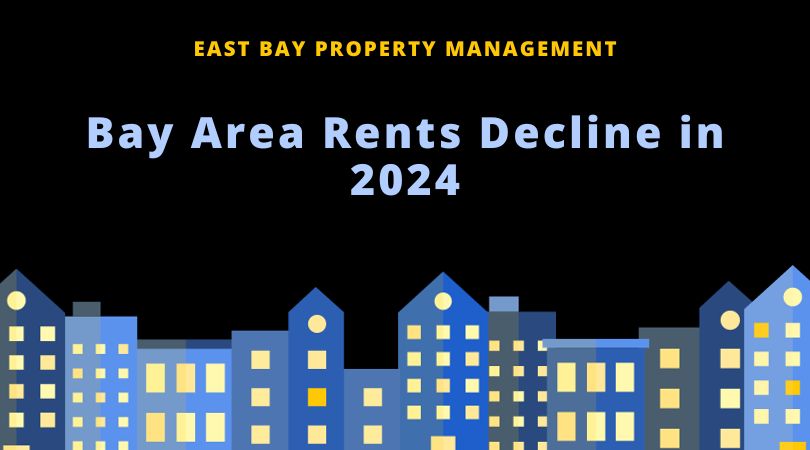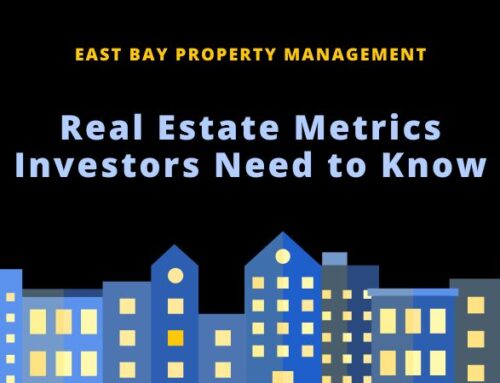The Bay Area has long been notorious for its soaring rent prices, but the COVID-19 pandemic brought an unexpected silver lining for renters. Rental prices dropped significantly across the region, offering relief to many. Surprisingly, this decline has proven more resilient than anticipated, making the current market an advantageous time for renters.
According to a recent report by Apartment List, as of August 2023, San Francisco’s rents have decreased by over 4% compared to the previous year, and the entire Bay Area has experienced a dip in prices. Despite the overall stability, some areas are witnessing revitalization, while others face challenges.
This article explores the current state of Bay Area rentals, analyzes market trends, and delves into the factors shaping the region’s real estate landscape. This is all crucial to a successful rental property.
Current Rental Landscape
The report from Apartment List reveals a remarkable trend. Rents have remained relatively flat throughout the year, a departure from the typical seasonal increase. Rob Warnock, a research associate at Apartment List, notes, “Rents this whole year have basically not changed, and this is the season we usually see rents go up at least a little bit.”
While this may not translate into a significant drop in rental prices immediately, it does give renters leverage when negotiating lease renewals.

San Francisco, once the most expensive city in the U.S. for renters, has fallen to the 11th spot on Apartment List’s rankings. The median rent for a one-bedroom apartment in the city is $2,275, significantly lower than its previous status. Foster City now tops the list with a median rent of $3,137 for a one-bedroom, showcasing the shifting dynamics in the Bay Area rental market and creating less demand in out-of-state property.
Positive Signs Amidst Challenges
Despite the overall stability, some neighborhoods are experiencing growth. The Outer Sunset, for example, has seen a remarkable 15.7% increase in rents since February 2020, with a median rent of $2,580 for a one-bedroom.
Similarly, Dogpatch, known as one of the “coolest neighborhoods on Earth,” has witnessed a 7.7% year-over-year increase, claiming the title of the most expensive place to rent in San Francisco with a median one-bedroom rent of $3,790. Even historically desirable neighborhoods like Cow Hollow have seen a 14.8% increase in rents this year compared to 2022.
Market Trends and Competitive Landscape
Zumper’s recent report offers a deeper look at San Francisco’s rental market, revealing an overall 15% decrease in rent since before the pandemic. However, certain neighborhoods, like the Outer Sunset, are experiencing signs of revitalization. The report highlights a 95% year-over-year increase in users inquiring about residences in this neighborhood, indicating a growing demand.

The rental market in Silicon Valley remains highly competitive, with apartments staying vacant for only 36 days on average. However, limited new construction, accounting for only 0.16% of the market, poses a challenge for renters and real estate investors alike.
In the North Bay/San Francisco Peninsula and the East Bay, apartments tend to stay vacant for slightly longer, with an average of 44 and 43 days, respectively. These regions attract fewer prospective renters, offering a slightly less competitive landscape compared to Silicon Valley and making it difficult to finance a rental property.
Affordable Alternatives and Influencing Factors
For those seeking more affordable options, cities like Richmond, Vallejo, and Antioch provide viable alternatives with lower monthly rents. Vallejo, at $1,550, Antioch, at $1,790, and Richmond, at $1,820, offer some relief in the competitive Bay Area rental landscape.
Several key factors are influencing the Bay Area real estate market in 2023. Inflation, population dynamics, rising mortgage rates, and higher rents pose challenges for both buyers and renters. The Bay Area’s population witnessed a decrease from 2020 to 2021, attributed to pandemic-related job losses, high living costs, and migration trends.

Rising mortgage rates and increasing rental costs may affect the affordability of properties, potentially impacting the decision-making process for prospective buyers.
Forecasts for 2024
As major tech employers reintroduce in-person and hybrid work schedules, the Bay Area’s urban centers are beginning to rebound, acting as a catalyst for the region’s housing market. However, prices are expected to remain relatively stable, with potential further decreases in the luxury home sector.
The real estate market in 2023 presents both challenges and opportunities, requiring individuals to stay informed about county-specific trends and understand the competitive rental landscape.
Bottom Line
The Bay Area’s rental market in 2023 offers a mixed bag of challenges and opportunities. While overall rents have stabilized, certain neighborhoods are experiencing growth, and competitive landscapes persist in key regions. Understanding the factors shaping the market, such as inflation, population dynamics, and rising mortgage rates, is crucial for making informed decisions.
Whether buying, selling, or managing rental properties, staying abreast of county-specific trends is essential in navigating the dynamic Bay Area real estate landscape. For expert guidance, consider partnering with East Bay Property Management, whose experienced team can provide valuable insights and tailored solutions to meet your specific needs in this evolving market.






